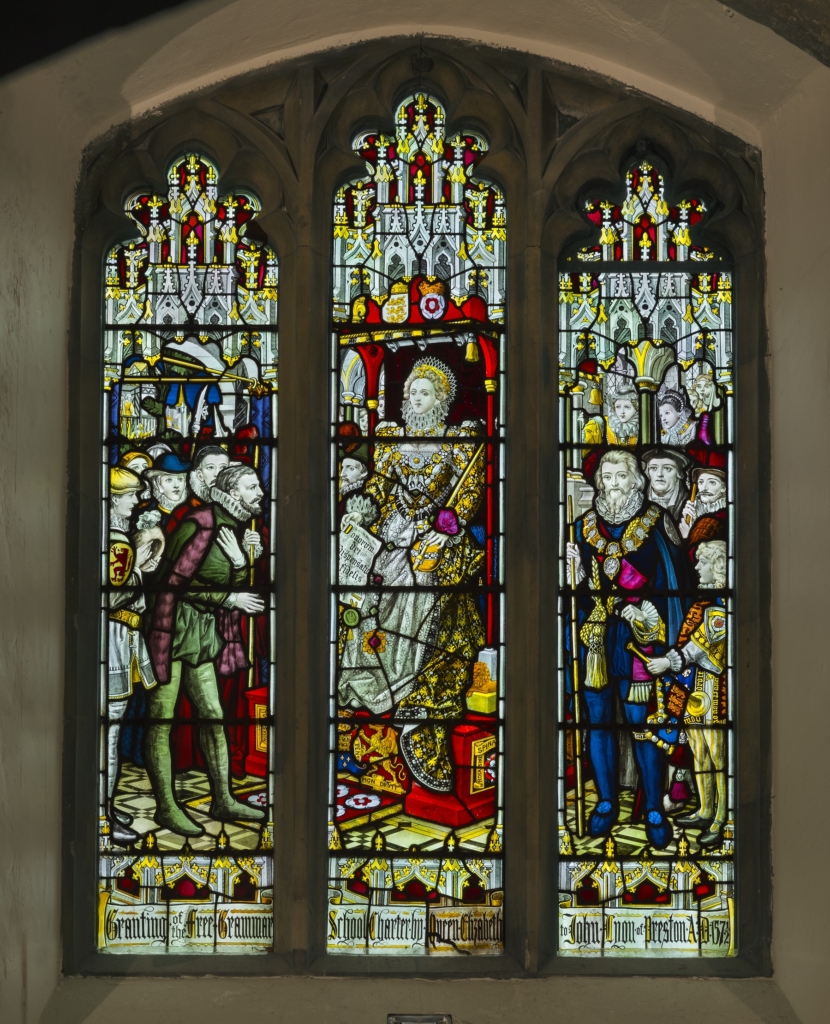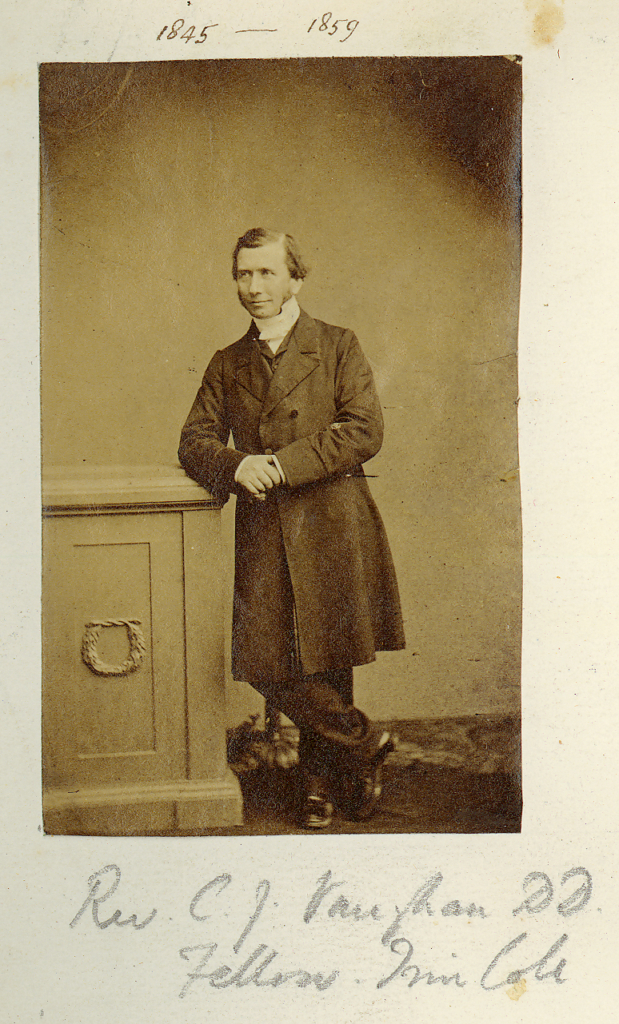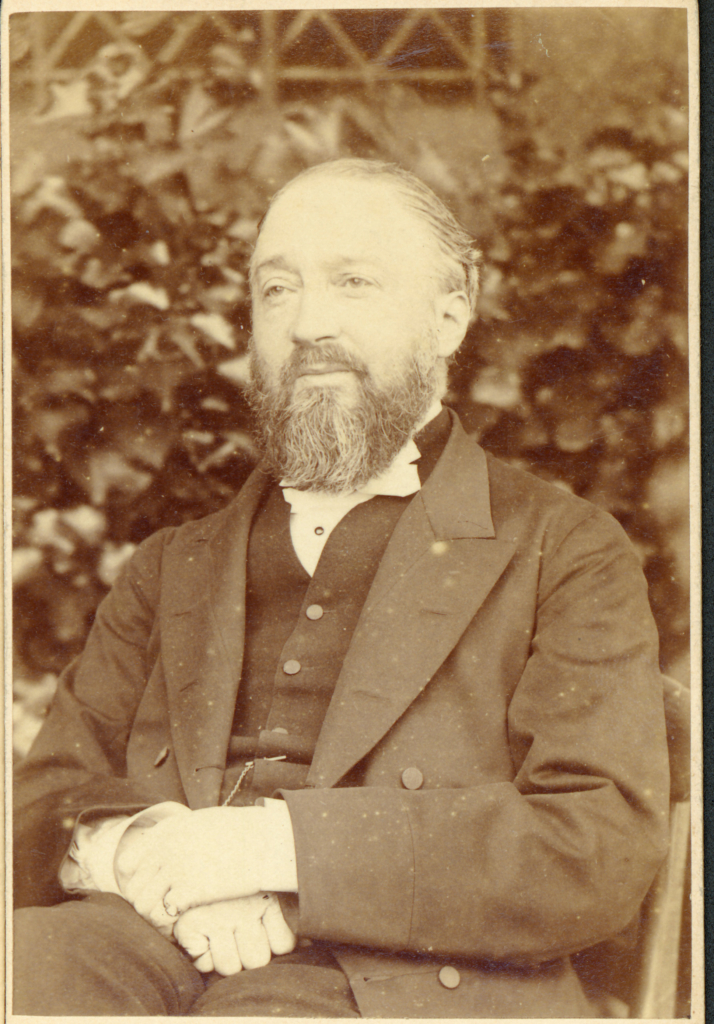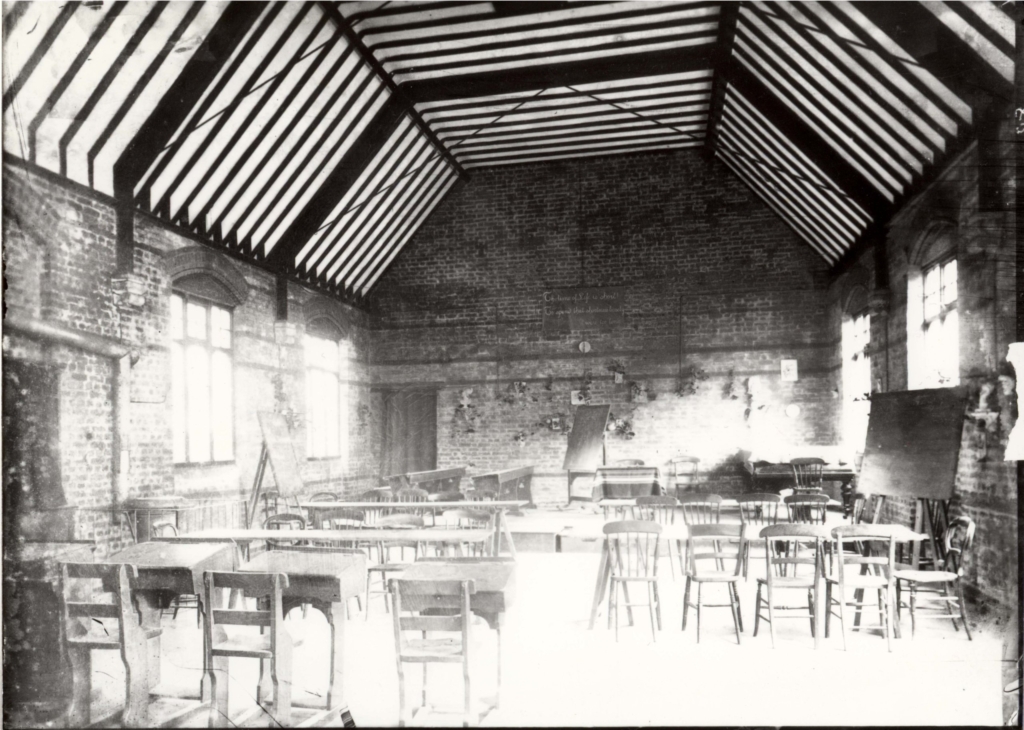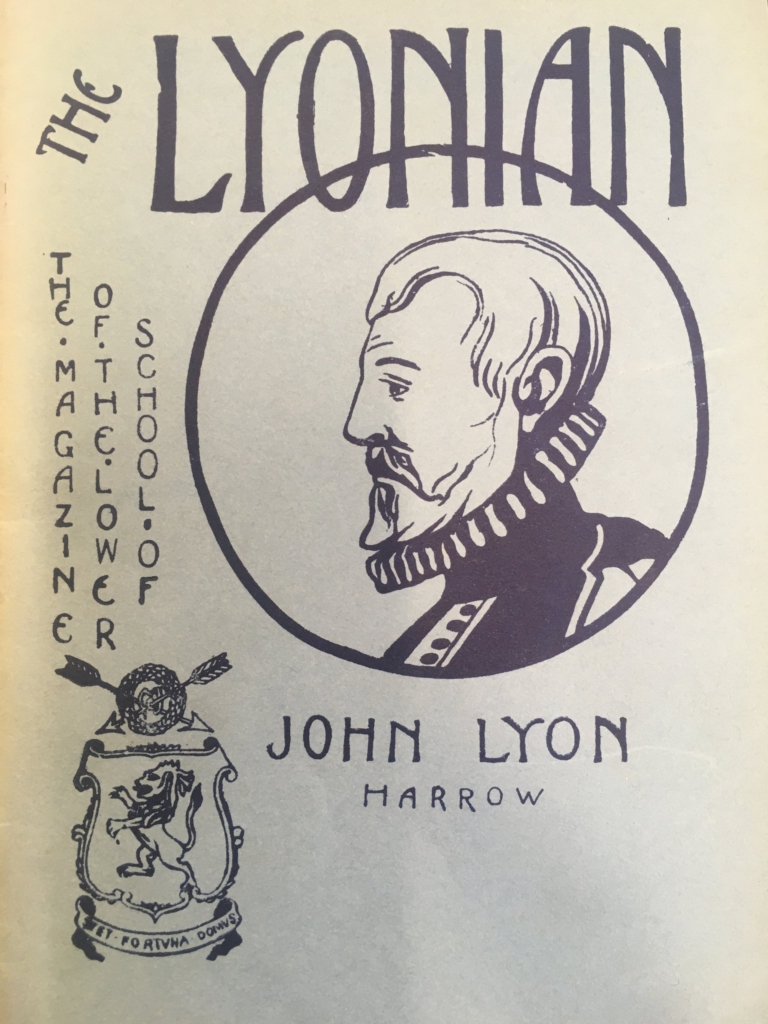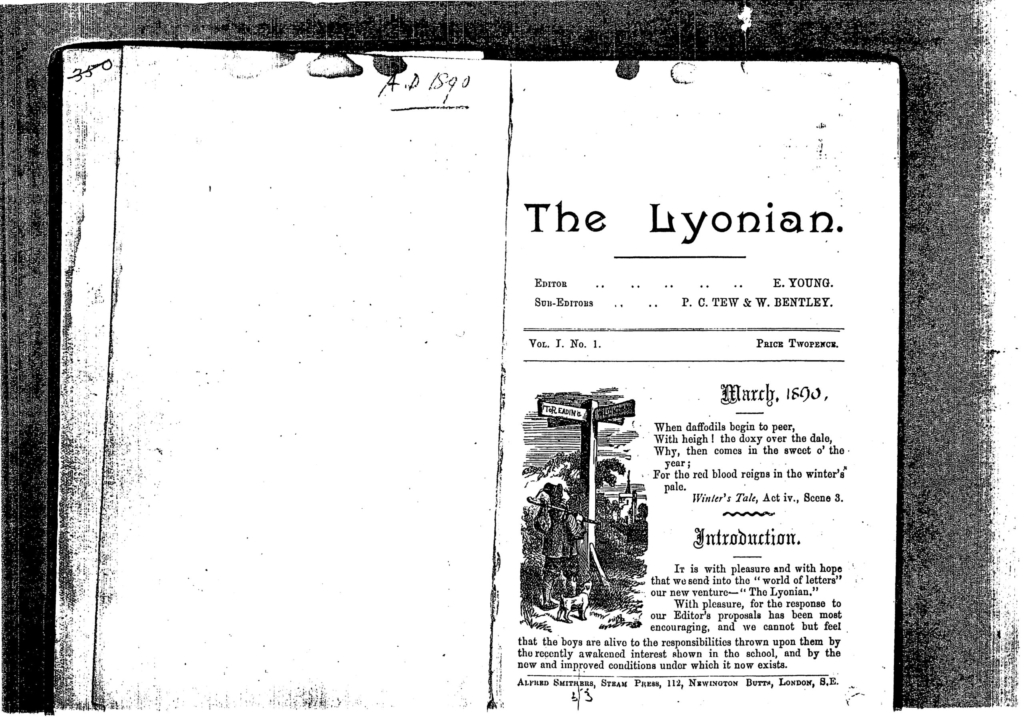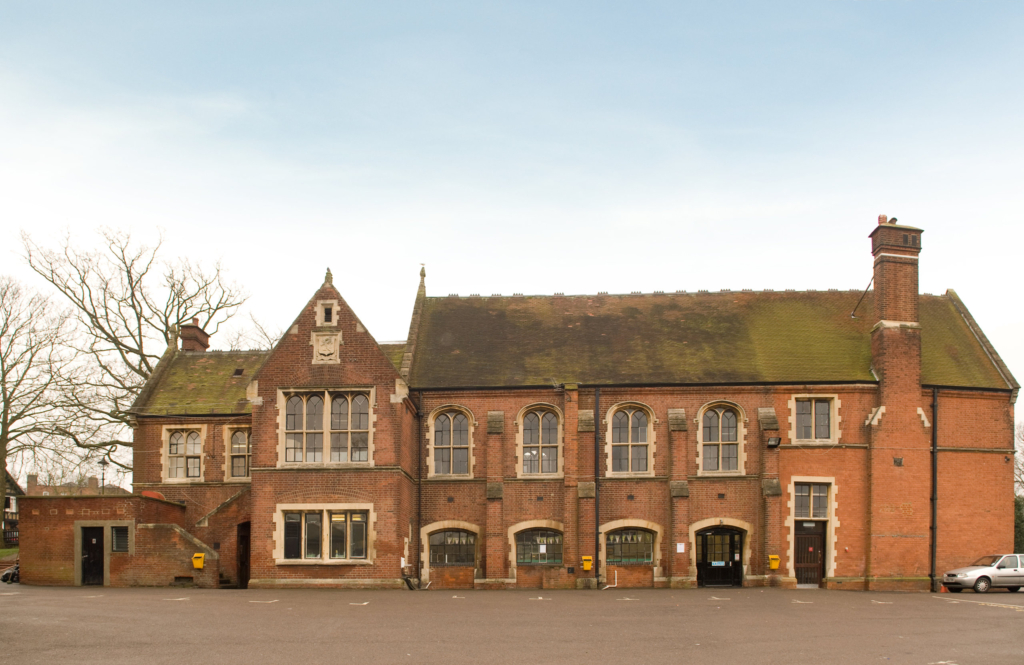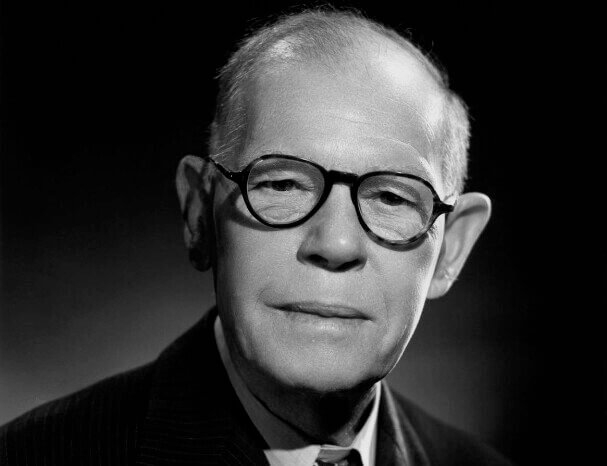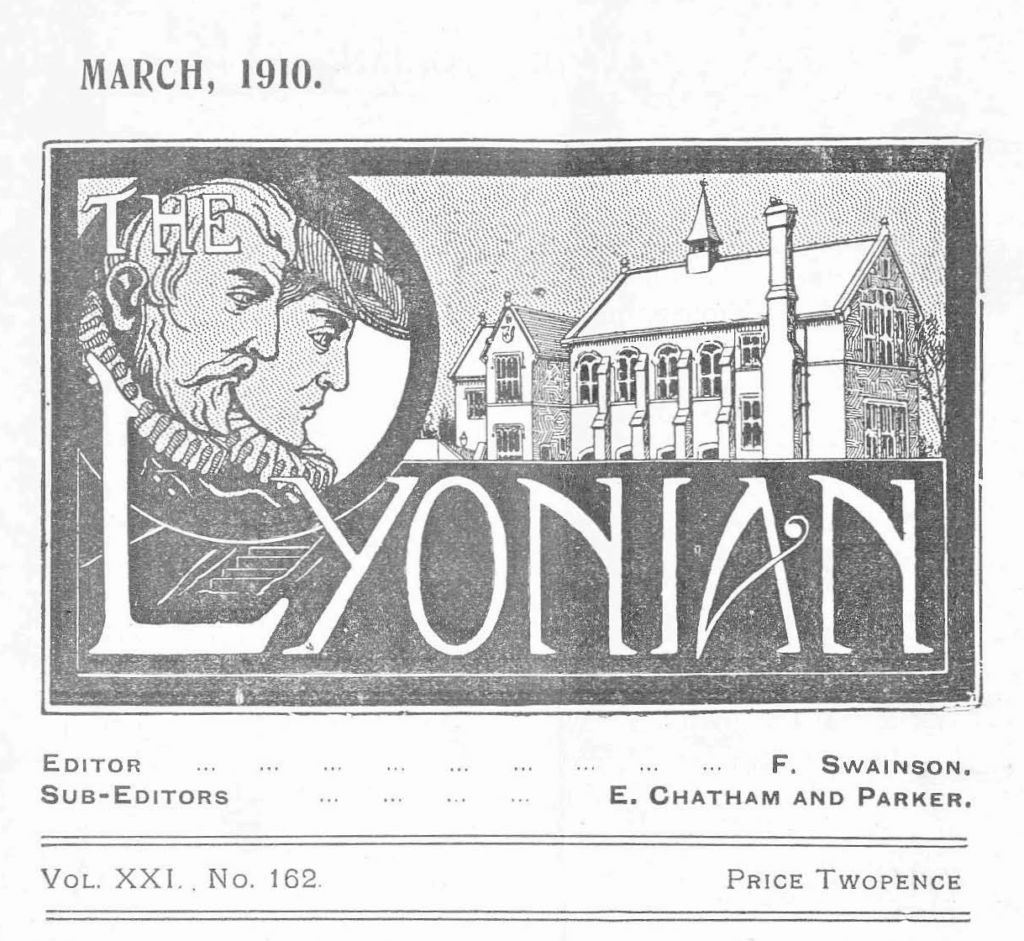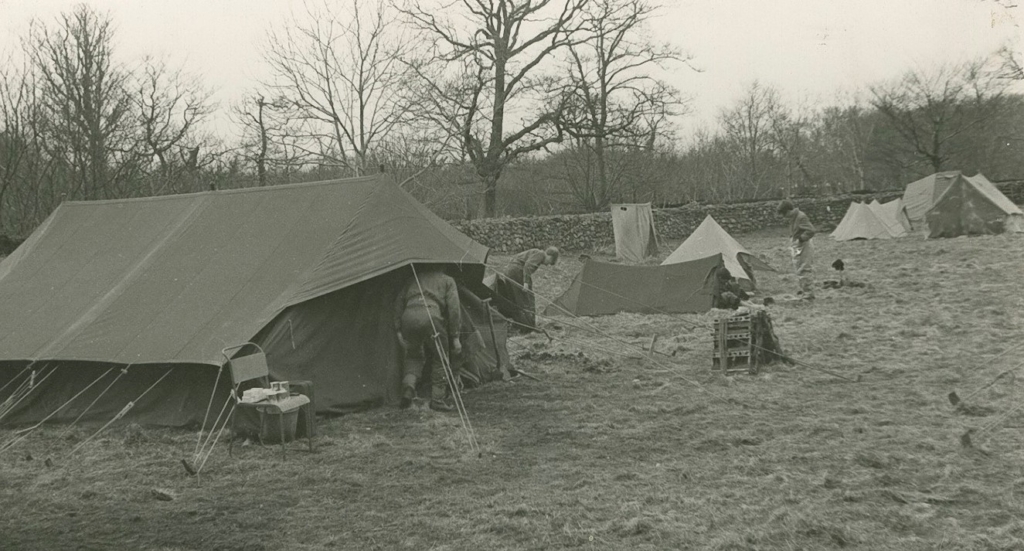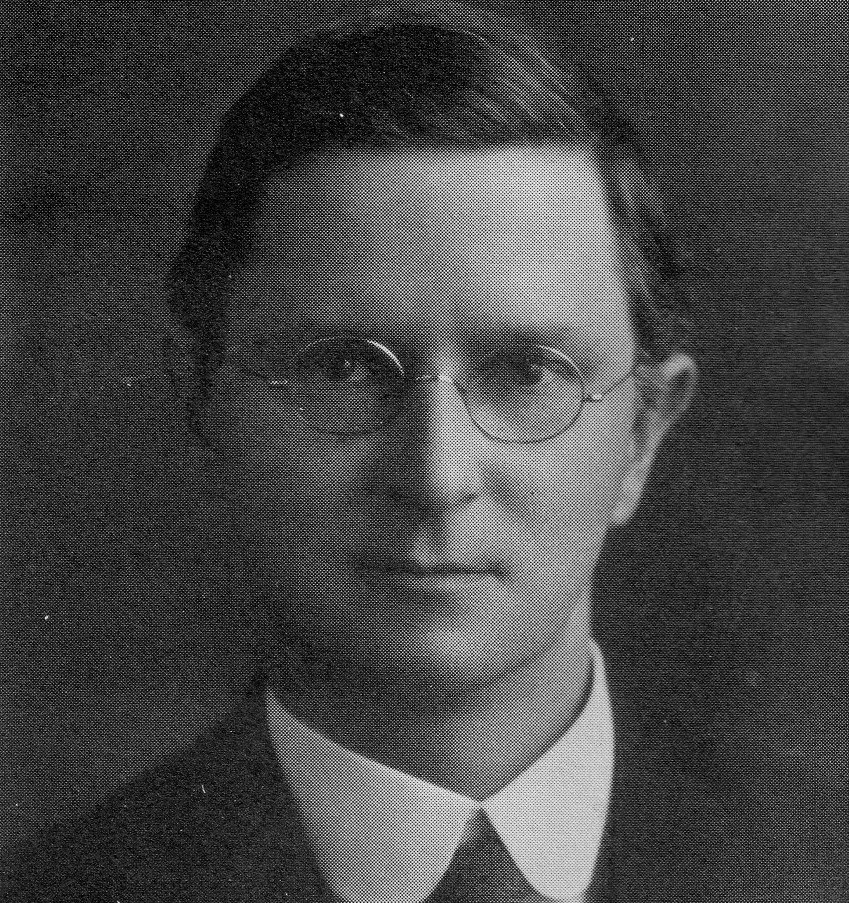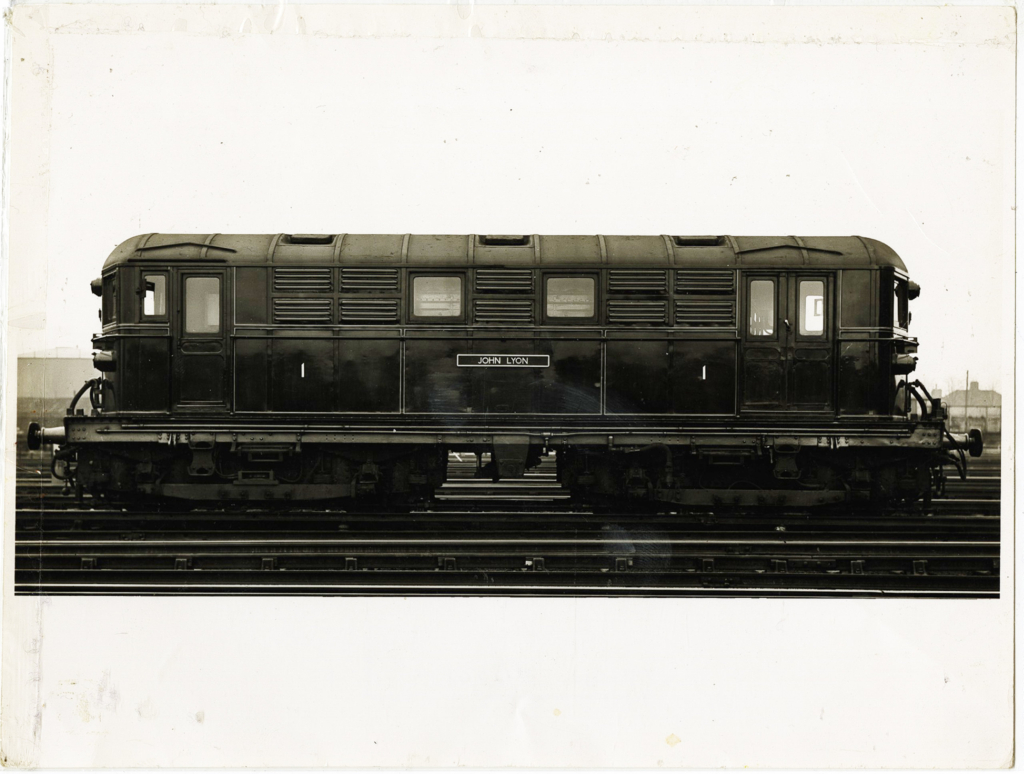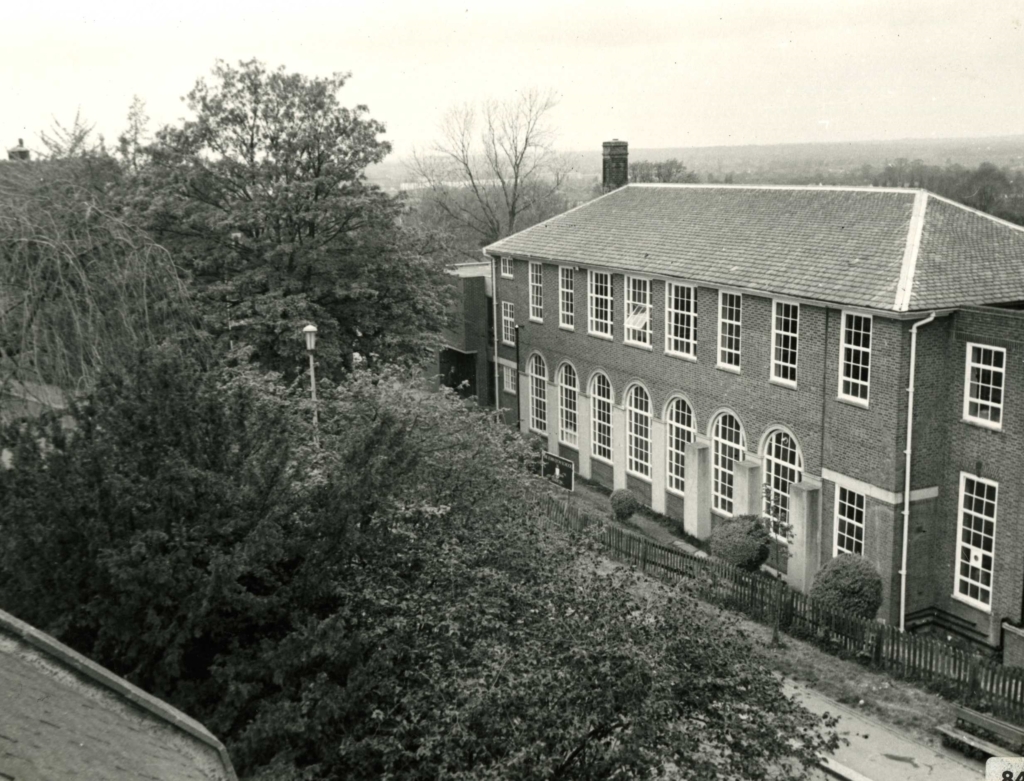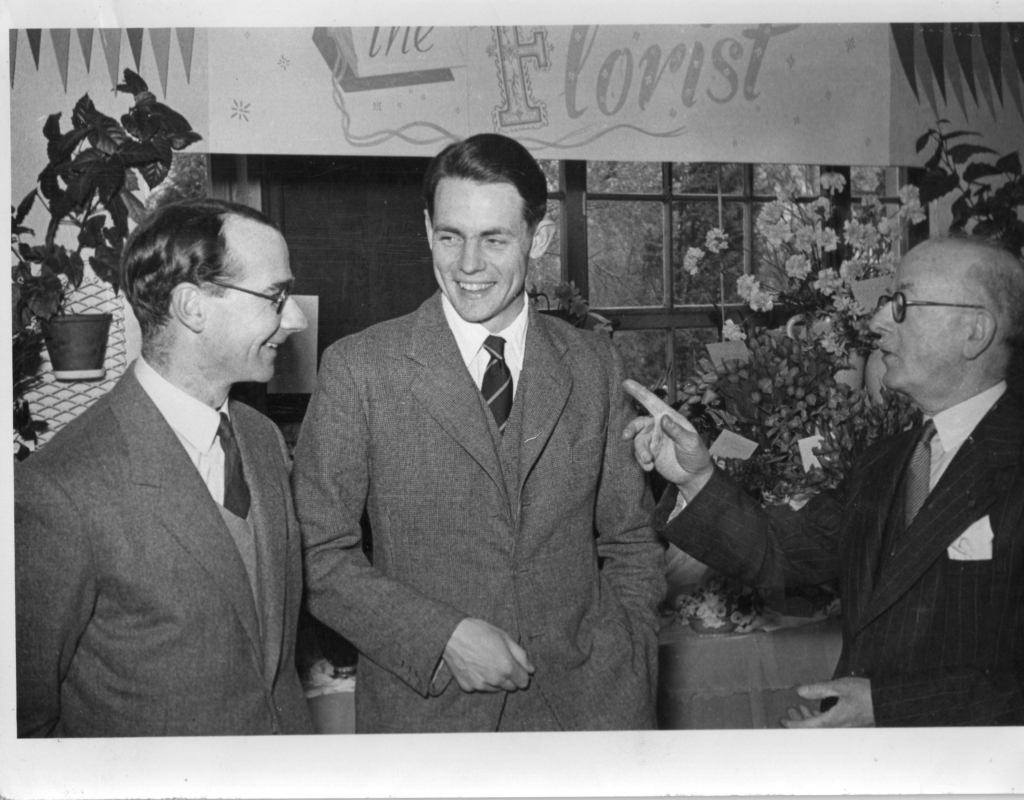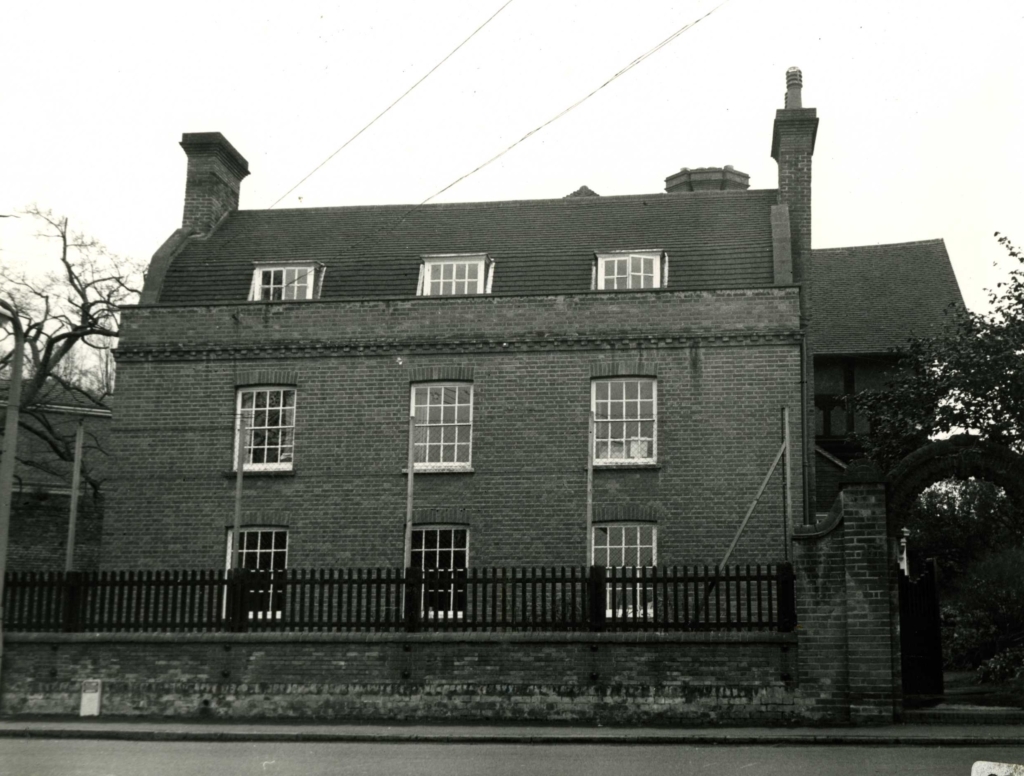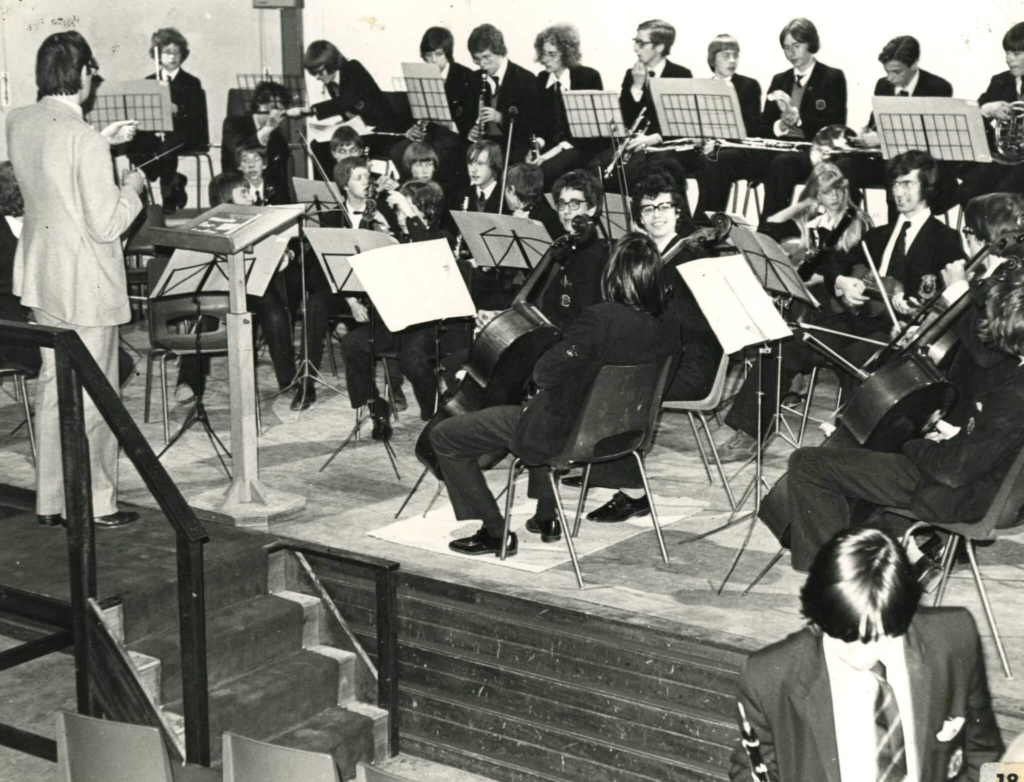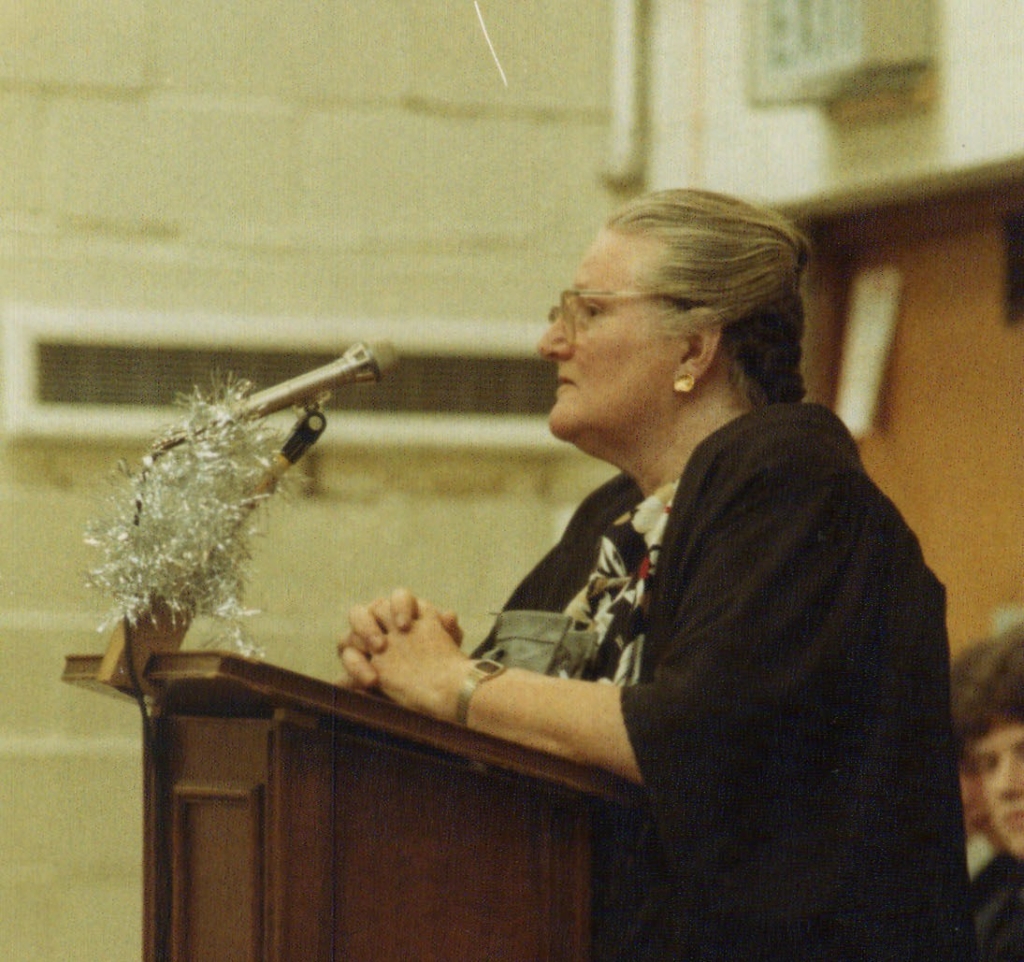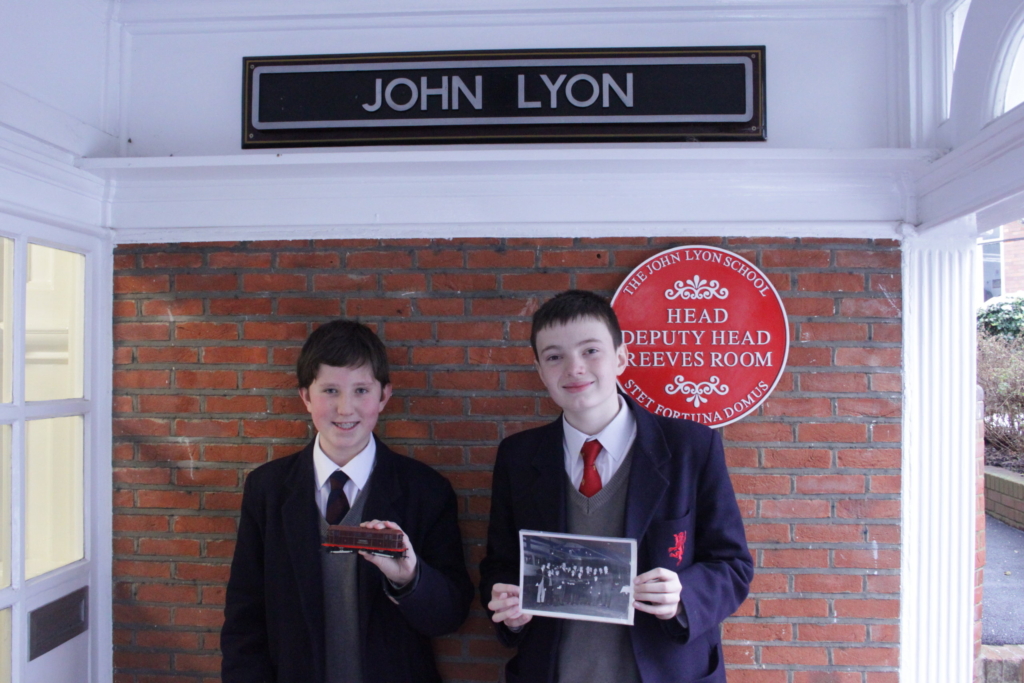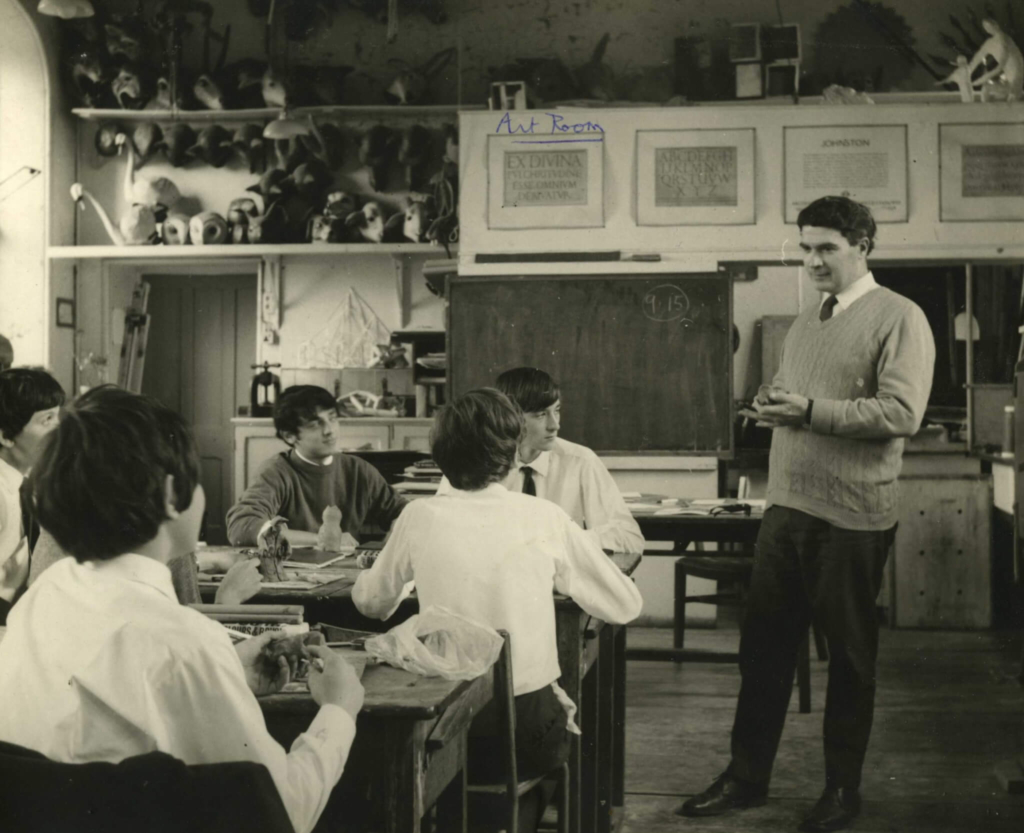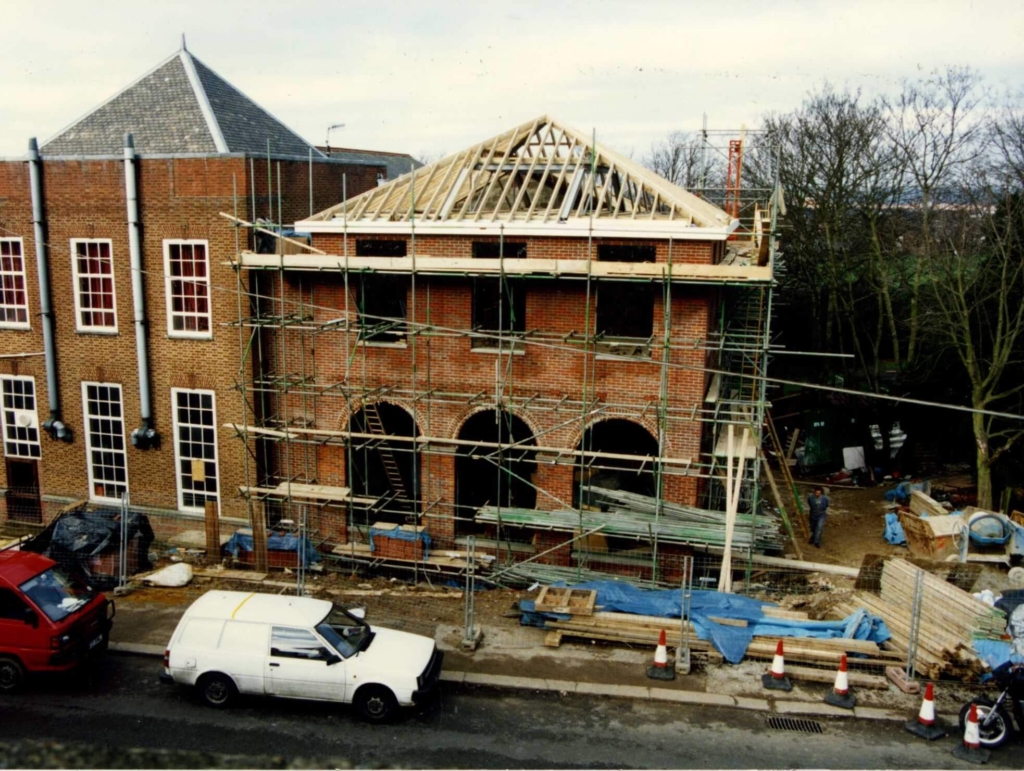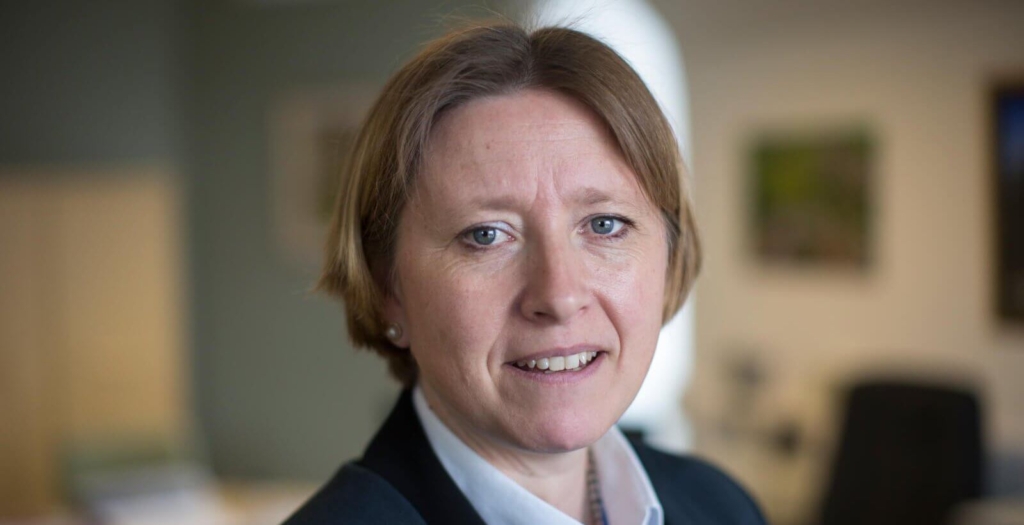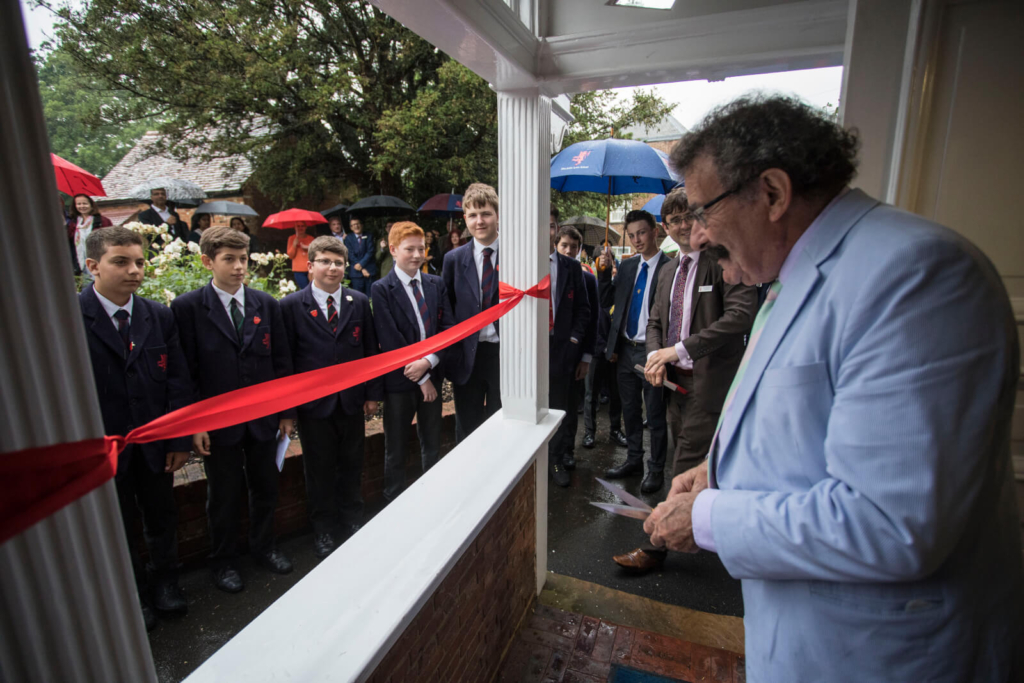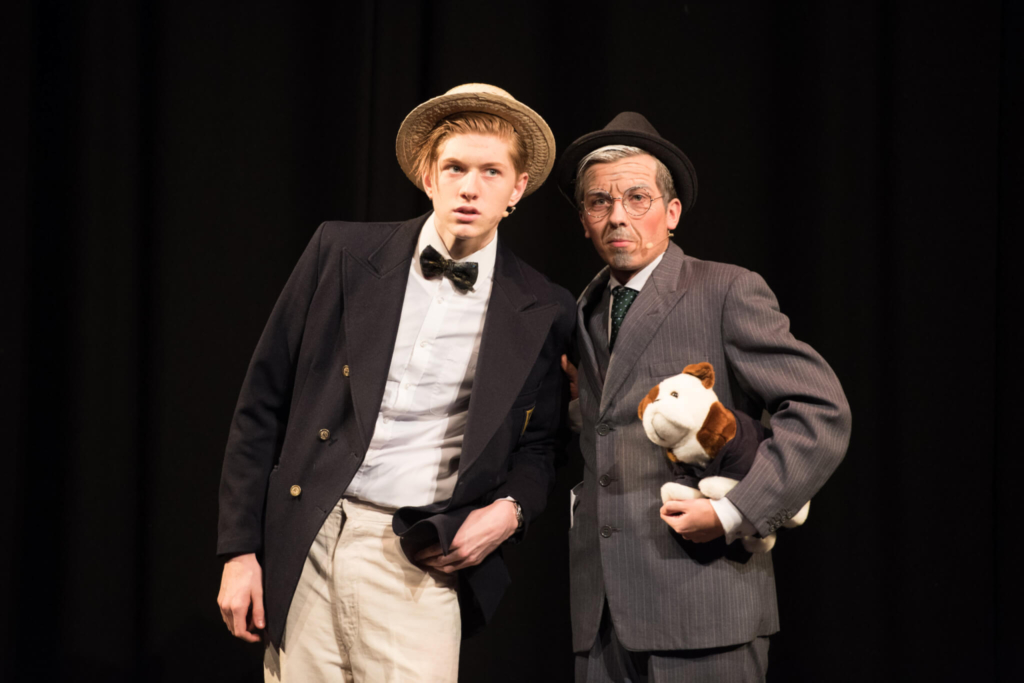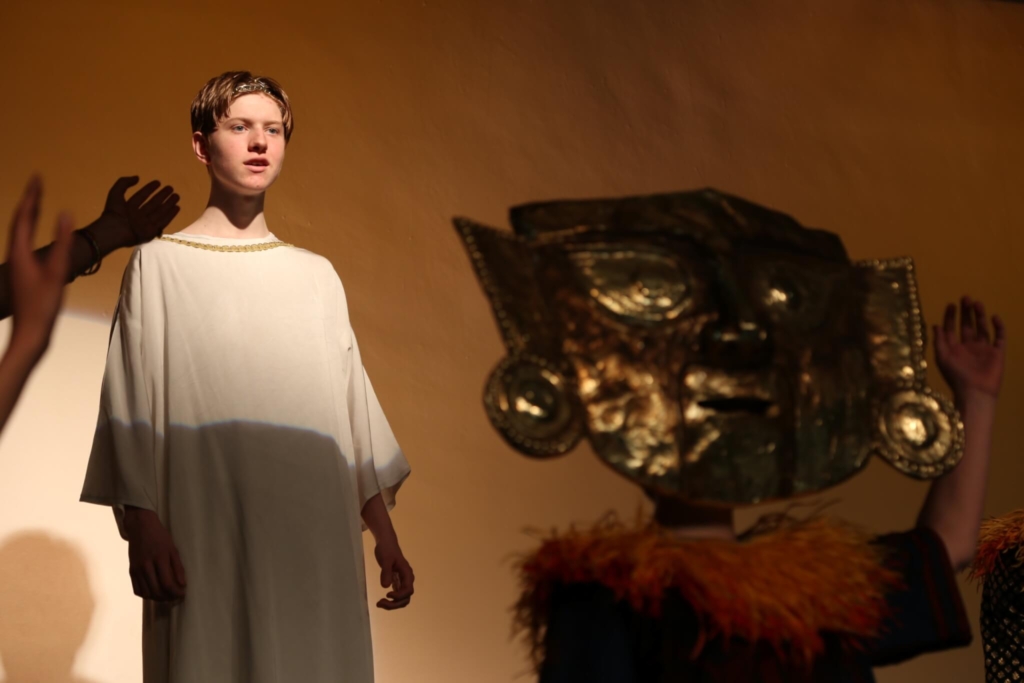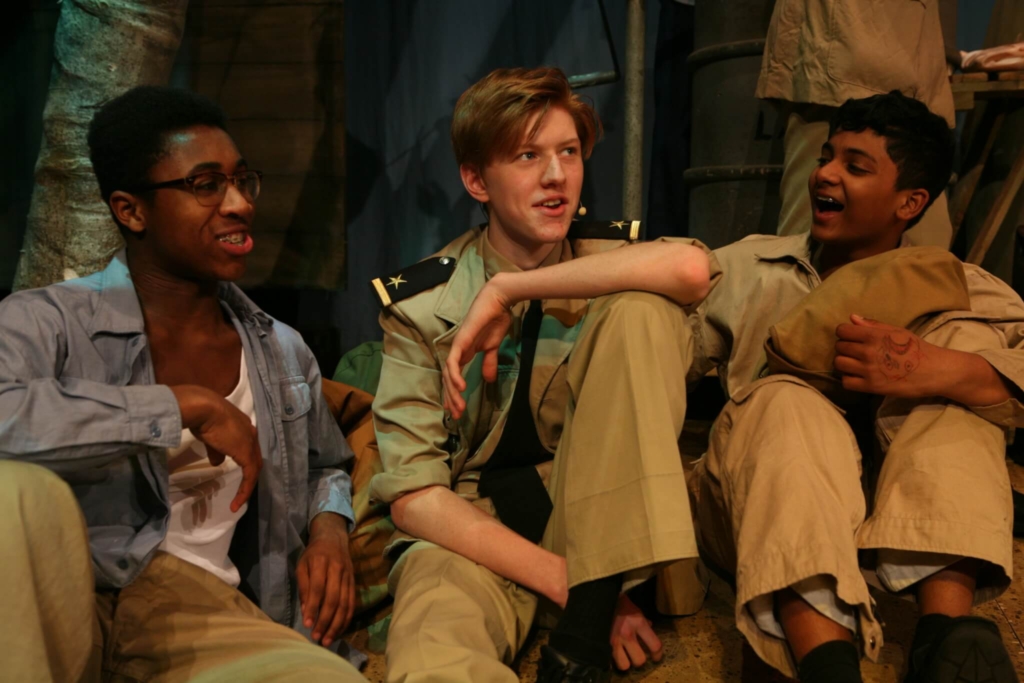John Lyon Timeline

At his own expense, Charles Vaughan, inaugurated the “English Form”, a separate institution from Harrow School but legally part of Harrow School
Henry Hutchinson was appointed the first teacher of the dozen or so boys in a building known as “The Barn” School Roll: 12 Number of Staff: 1
The Lower School of John Lyon was established
Charles Gregg appointed as Head
The Lower School of John Lyon moved into the “Old Building” on Middle Road and was opened with a celebratory banquet for the 15 boys currently at the School School Roll: 15
John Williams appointed as Head
School Roll: 30
Metropolitan Line reached Harrow
Fees were £10
(£12 for those living outside Harrow) School Roll: 53
Fees were reduced
John Lyon Fees were reduced £5 flat rate for all students.
Pupils started to wear School Cap
“Everyone will soon know the Lyon boys by their caps. No owner of such a cap should ever do anything which would be likely to bring himself, and therefore his schoolfellows into disgrace. To all outsiders the dark blue cap should be a sign that its wearer is a gentleman,…
The first Sports Day
The first Sports Day was held in 1891, the first Old Boys’ dinner
Old Lyonian Association
In 1902 the Old Lyonian Association was formed
Ernest Young left JLS
In 1910 Ernest Young left John Lyon School to become Headmaster at Harrow County School, taking many boys with him as well as the assistant master. School Roll: 150
E.H. Butt appointed as Head
School Roll: 100
Boys fundraise and collect £3 to pay for a dog to go with Captain Scott on his expedition to the Antarctic…hoping it wouldn’t be eaten…in the end Scott took no dogs
“Captain Scott adds a little personal note to the acknowledgment, “Will you please convey my personal thanks to the boys, for their generous contribution, and I shall REALLY buy a dog with it and call him ‘Lyon.’ We all hope ‘Lyon’ will return safe and sound from the Great South…
Lyonians served during the First World War
During the period of 1914 to 1918, 350 Lyonians served during the First World War; it claimed the lives of 59 of them.
Metro-land Development
In 1919 Metropolitan Railway Country Estates Ltd formed and began development of Metro-land leading to population increase and higher demand for places.
Pinner View purchased
Pinner View purchased by 10 or so Old Lyonians for the OLA
Le Beau New Building Proposal
Le Beau made the case to Governors for a new building: a 200% population increase in the area in preceding 25 years, lack of 6th form facilities, huge demand for places and the scope to recover the building costs from future fees. The requirements of the School were a Building…
R.F. Boyd Campbell appointed as Head
In 1951 R.F. Boyd Campbell appointed as Head of John Lyon School
Houses Renamed
At the suggestion of the pupils, the Houses were renamed from the points of the compass. North became Butler, East Norwood, South Moore and West Vaughan
First Duke of Edinburgh Gold Award for a John Lyon pupil
In 1960 the First Duke of Edinburgh Gold Award for a John Lyon pupil: John Mathers.
School Name Change
In 1965 The School changed name from “The Lower School of John Lyon” to “The John Lyon School.”
Gordon Surtees appointed as Head
The main reception area was built
CCF Disbanded
The CCF was disbanded with the official reason being the dwindling demand, an alternative explanation was concern that the stores would be targeted by violent groups.
Demelsa the Goat
A goat named Demelsa was bought to keep the grass short, she remained at the School until the 1990s
D.Dixon appointed as Head
T Wright appointed as Head
Opening of the Lyon Building
Opening of the Lyon Building to accommodate the Boyd Campbell Hall, Geography,the Senior Common Room, English and Modern Languages.
The John Lyon Charity
The John Lyon Charity was formed to distribute funds from the lands originally owner by John Lyon. Since 1991, John Lyon’s Charity has distributed over £156 million in grants to a range of organisations that seek to promote the life-chances of children and young people through education.
Pavilion at Sudbury
The current pavilion at Sudbury was opened. It is the fourth pavilion at Sudbury.
The John Lyon Sports Centre Opened
In 1997 The John Lyon Sports Centre was opened, by HRH Duke of Edinburgh
Chris Ray appointed as Head
Kevin Riley appointed as Head
Works completed on the Ernest Young Building
in 2012 the works completed on the Ernest Young Building, New Memorial Hall and move of the library to the Lyon Building.
OLA Move
In 2016 OLA moved out of Pinner View and into the South Vale pavilion at Sudbury.

